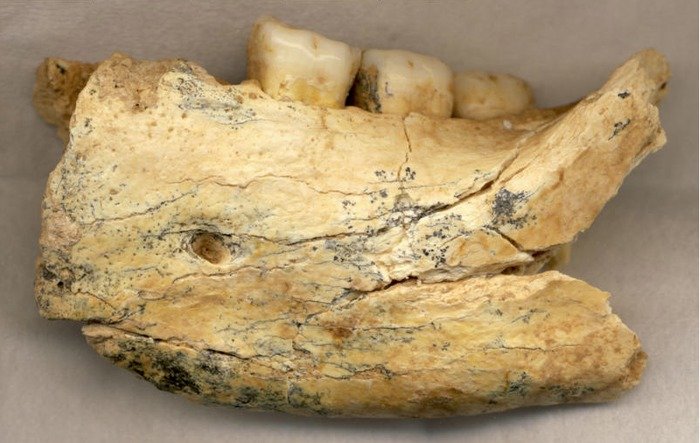HAMILTON, Ontario, Feb. 11 (UPI) -- A fossil find in a cave in Serbia suggests Eastern Europe was an important pathway in human evolution as mankind spread out of Africa, scientists say.
Canadian researchers, with partners from France, England and Serbia, have dated a partial lower human jaw as being almost 400,000 years old, and said it could be even a half-million years old.















